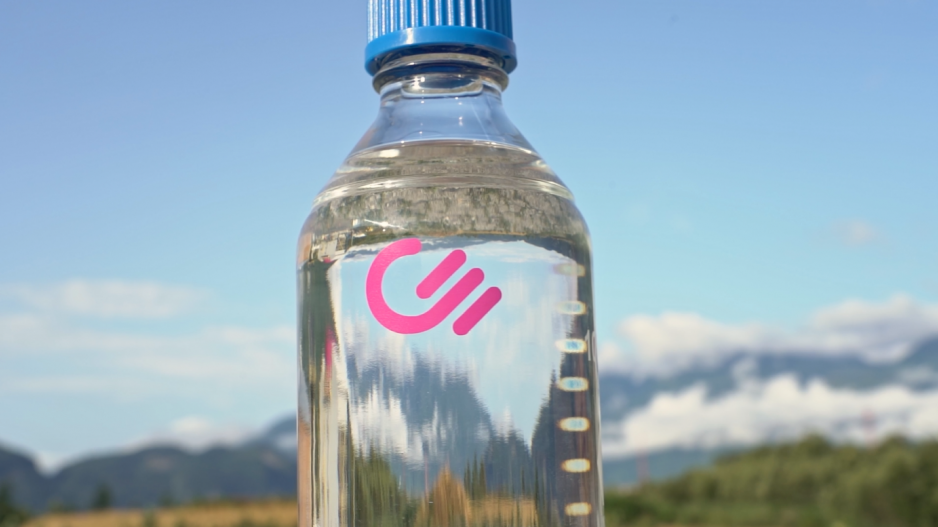Air Canada will explore the use of Carbon Engineering’s direct-air capture and air-to-fuels technology to lower its carbon profile.
Carbon Engineering announced today that it has signed a memorandum of understanding with Air Canada to explore the potential to use captured carbon as one of the components in the making of a low carbon drop-in aviation fuel.
“Air Canada is the first official Canadian airline to work with CE to accelerate the potential of DAC-based solutions in supporting the aviation energy transition,” Carbon Engineering said in a press release.
Carbon Engineering has been working with the LanzaTech in the U.S. on its air-to-fuel process for making low-carbon jet fuel from captured carbon and hydrogen.
Aviation is one of those sectors that are hard to decarbonize through electrification, so coming up with a fuel that is not made from fossil fuels may be key to decarbonizing the sector.
“Addressing emissions within the aviation industry is expected to be some of the most challenging, yet important, work in the years to come,” said Carbon Engineering CEO Steve Oldham.
“The good news is that feasible, affordable and scalable solutions, like CE’s DAC and (air-to-fuels) technologies, are available and capable of making a meaningful impact in meeting critical net zero targets."
Carbon Engineering captures CO2 directly from the air. When it is combined in a chemical process with hydrogen -- derived from water through electrolysis -- it can create the complex chains of molecules containing hydrogen and carbon that make up fuels like kerosene (jet fuel.)




